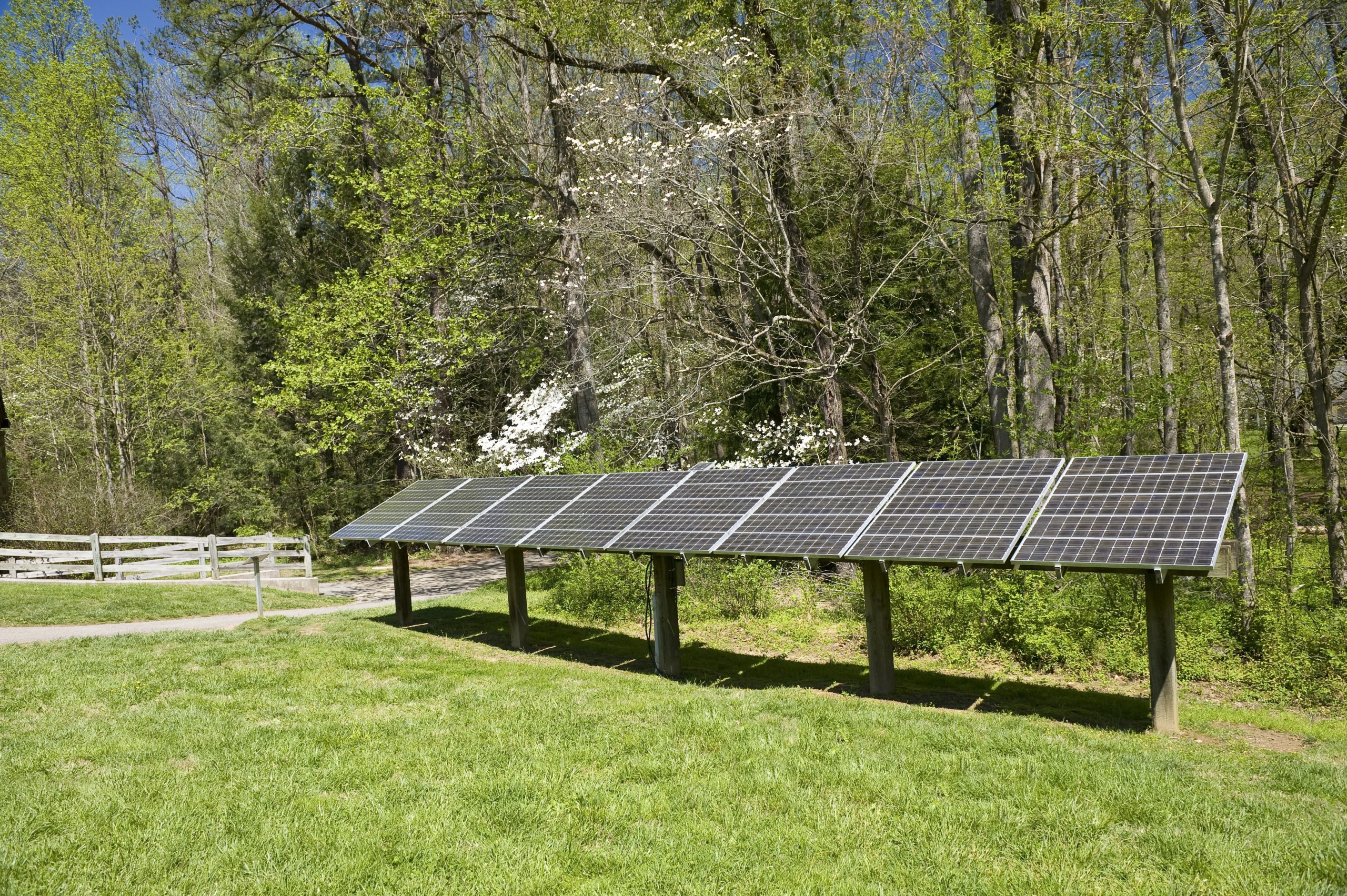Introduction to Solar Power and Its Benefits:
Solar power is a renewable source of energy that has become increasingly popular in recent years. It’s not only an environmentally friendly option but also a cost-effective one, especially when it comes to generating electricity for your home or business. By harnessing the sun’s natural energy, you can reduce your reliance on traditional forms of energy such as coal or gas, which are nonrenewable resources that contribute significantly to climate change. With solar panels installed on your roof or property, you can generate clean energy while reducing your carbon footprint and saving money on your utility bills over time.
The Cost of Installing Your Own Solar Panels:
While installing solar panels may seem like a significant upfront investment, it can actually save you money in the long run. The cost of installation varies depending on factors such as the size of your system, the type of equipment used, and the location of your property. However, with tax credits and other incentives available at both federal and state levels, many people find that they can recoup their initial investment within just a few years. Additionally, once your system is installed, there are minimal maintenance costs involved, making it a wise financial decision for many homeowners and businesses alike.
Choosing the Best Solar Power Generator for Your Needs:
When choosing a solar generator, there are several factors to consider. First, determine how much energy you need based on your daily usage patterns. This will help you choose the appropriate size and capacity of the generator. You should also consider the efficiency rating of the generator, as this will affect its overall performance and longevity. Finally, research different brands and models to ensure that you are getting the best quality for your budget.

How to Install Your Own Solar Panels:
Installing solar panels requires some technical knowledge and skill, but it is possible to do it yourself with proper guidance and preparation. Start by assessing your property to determine the optimal placement for your panels. Consider factors such as access to sunlight, shading from trees or nearby buildings, and potential weather conditions that could impact the system’s performance. Once you have identified the ideal location, obtain all necessary permits and permissions before beginning the installation process. Follow manufacturer instructions carefully, ensuring that each component is properly connected and secured.
Maintaining Your Solar System and Maximizing Energy Savings:
Once your solar system is installed, regular maintenance is essential to keep it running smoothly and efficiently. Check your system periodically for any signs of damage or wear, and make sure that all components are securely fastened. Clean the panels regularly to maximize their exposure to sunlight, and monitor your energy production to identify any issues or areas for improvement. Additionally, consider using smart technology devices to optimize your system’s performance and track your energy savings over time.
Leave a Reply